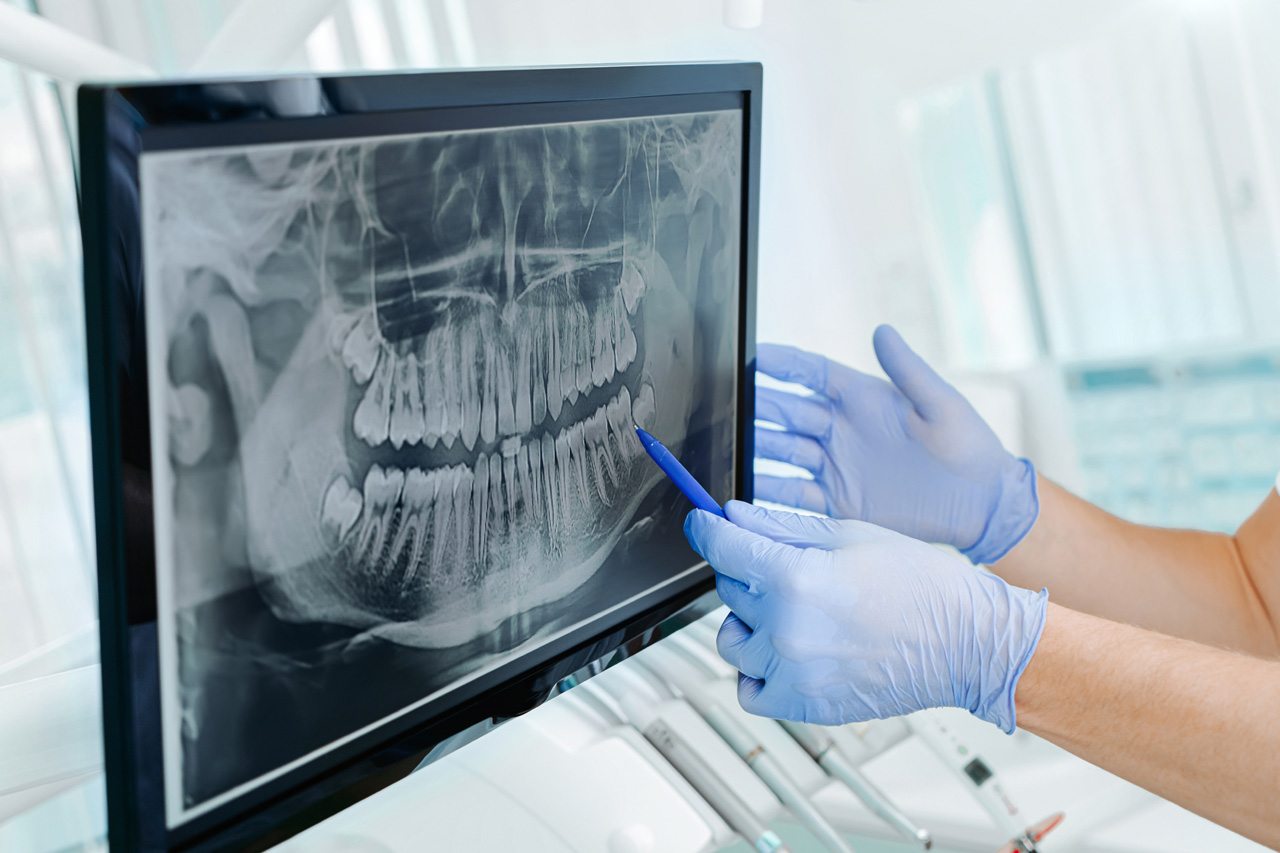
Discovering you have a cavity can be concerning, but today’s dental treatments offer more conservative and aesthetically pleasing options than traditional fillings. Inlays and onlays provide excellent alternatives for treating moderate to severe tooth decay while preserving more of your natural tooth structure.
At Dental West NYC, we provide these modern restorative solutions to help maintain your dental health with treatments tailored to your specific needs. Our approach focuses on preserving as much of your natural tooth structure as possible, offering the ideal balance between simple fillings and full crowns when treating more extensive decay.
What Are Dental Inlays and Onlays?
Inlays and onlays are custom-made restorations that fit precisely into or onto damaged areas of your teeth. Unlike traditional fillings that are molded directly in your mouth, these restorations are crafted in a dental laboratory from durable materials like porcelain or composite resin. Inlays fit within the cusps (pointed parts) of your tooth, while onlays extend over one or more cusps, covering a larger portion of the tooth’s biting surface.
These restorations serve as an intermediate treatment option between fillings and crowns. When decay is too extensive for a simple filling but doesn’t warrant a full crown, inlays, and onlays offer the perfect middle ground. These conservative treatments can help preserve up to 70% more of your natural tooth structure compared to full crowns, making them an excellent choice for long-term dental health.
When Are Inlays and Onlays Recommended?
Your dentist may recommend an inlay or onlay in several situations:
- When you have moderate to large cavities or decay
- When a tooth has been weakened and needs additional support
- When replacing an old, failing filling
- When you want a more natural-looking alternative to metal fillings
These restorations are particularly useful for treating decay in the back teeth (molars and premolars), which endure significant pressure from chewing. Their custom-fit design provides excellent support while distributing biting forces more evenly across the tooth surface, potentially preventing future fractures.
The Treatment Process: What to Expect
Getting an inlay or onlay typically requires two dental visits. During your first appointment, we’ll:
- Take digital X-rays to assess the extent of decay, ensuring we only take X-rays when necessary for your treatment
- Prepare the tooth by removing the decayed portion
- Take precise digital impressions of your tooth for custom restoration
- Place a temporary filling to protect your tooth between appointments
During your second visit, we’ll:
- Remove the temporary filling
- Try in the custom inlay or onlay to ensure proper fit
- Bond the restoration permanently to your tooth
- Polish the restoration to match your natural tooth
The procedure is typically performed under local anesthesia, ensuring your comfort throughout the process. Unlike traditional fillings, there’s no waiting for materials to harden in your mouth, as the restoration is already fully cured when placed.
Benefits of Choosing Inlays and Onlays
Inlays and onlays offer numerous advantages over traditional fillings and crowns:
- Preservation of healthy tooth structure
- Superior strength and durability, often lasting 15-30 years
- Better seal against bacteria, reducing the risk of further decay
- More natural appearance, especially with tooth-colored materials
- Less temperature sensitivity compared to metal fillings
- Conservative alternative to full dental crowns
The precision fit of these restorations helps prevent the marginal leakage that sometimes occurs with traditional fillings. This tight seal is crucial for preventing bacteria from entering around the restoration and causing new decay.
Caring for Your New Dental Restoration
After receiving an inlay or onlay, maintaining good oral hygiene is essential for ensuring its longevity. We recommend:
- Brushing twice daily with fluoride toothpaste
- Flossing daily, paying special attention to the area around the restoration
- Attending regular dental checkups and professional cleanings
- Avoiding excessive force on the restoration (like chewing ice or hard candies)
- Using a nightguard if you grind your teeth
With proper care, your inlay or onlay may last for decades, making it a sound investment in your dental health.
Maintaining Your Smile with Dental West NYC
At Dental West NYC, we’re committed to providing conservative, effective treatments that protect your natural teeth while restoring their function and appearance. Our approach to restorative dentistry focuses on preserving as much of your natural tooth structure as possible, including taking X-rays only when necessary for your treatment. We typically recommend X-rays every 2-2.5 years rather than annually, using low-radiation digital technology that provides essential diagnostic information with minimal exposure.
When you’re facing tooth decay or damage, we’ll thoroughly discuss all your treatment options, including inlays and onlays, to help you make an informed decision about your dental care. Experience the difference in our patient-centered approach by contacting us at (212) 580-4520 or through our contact form.



